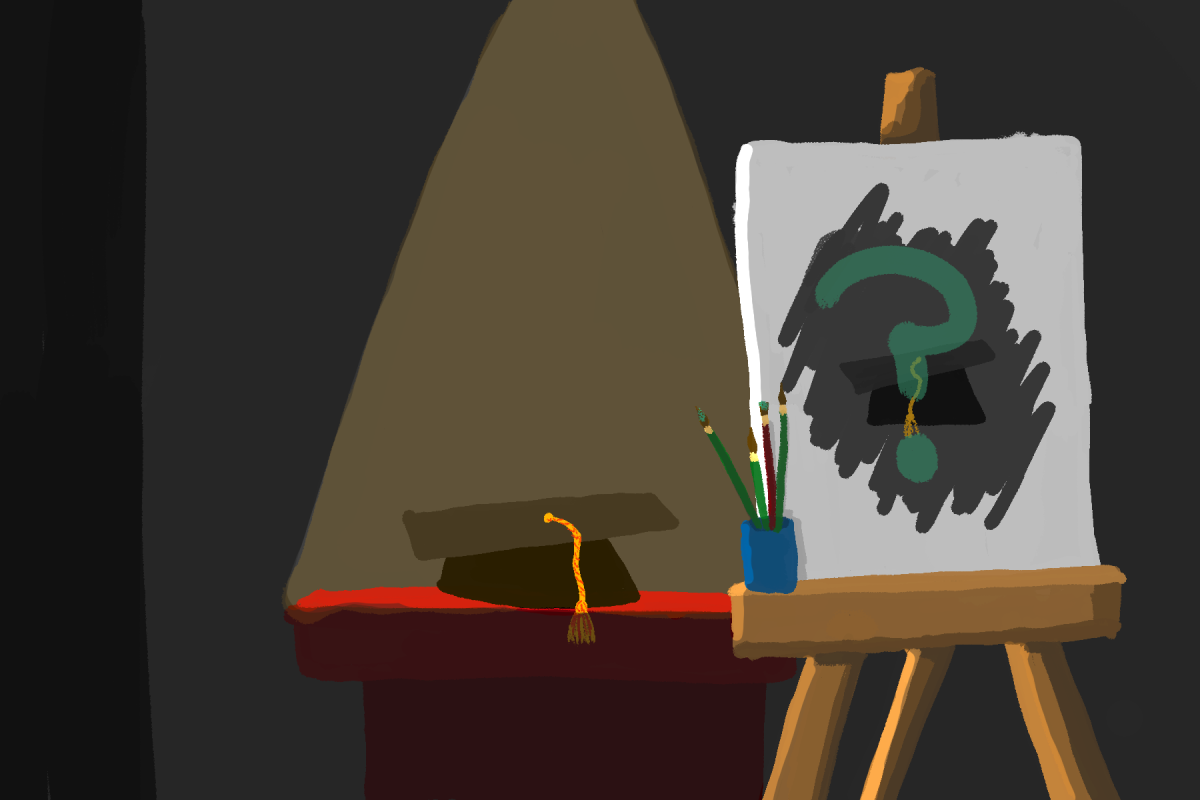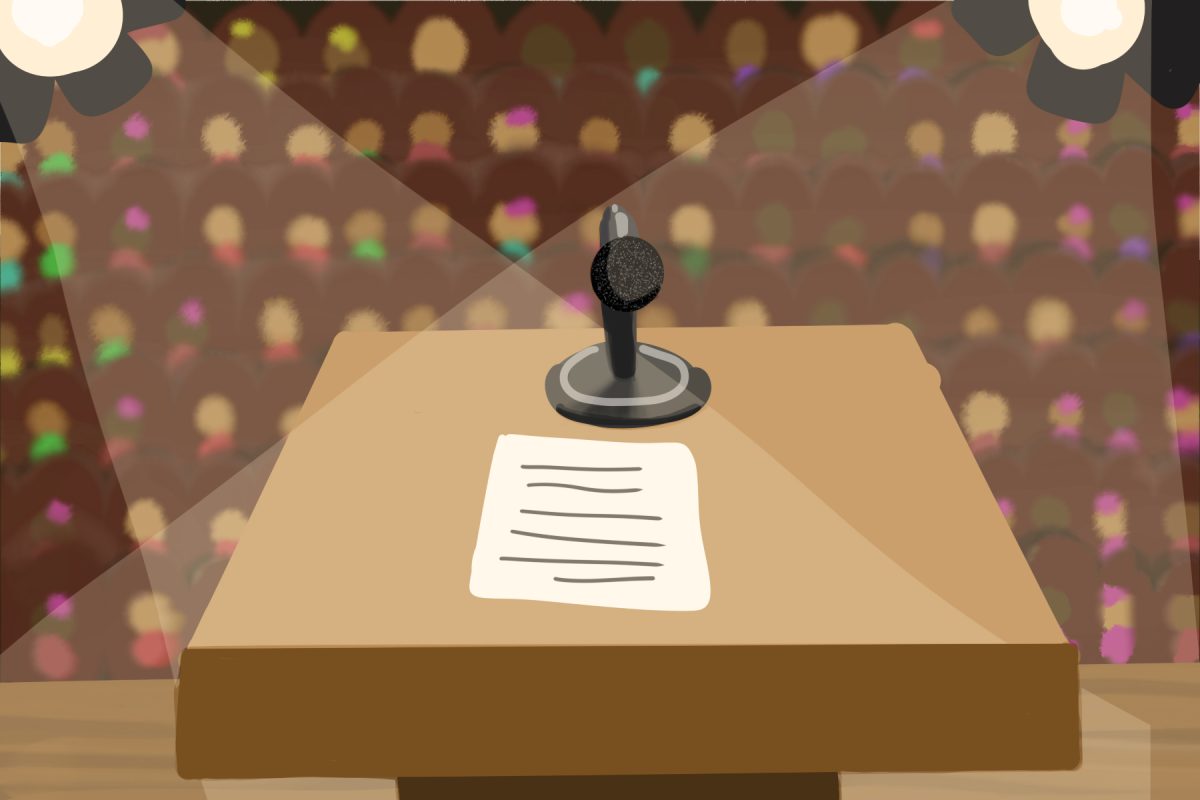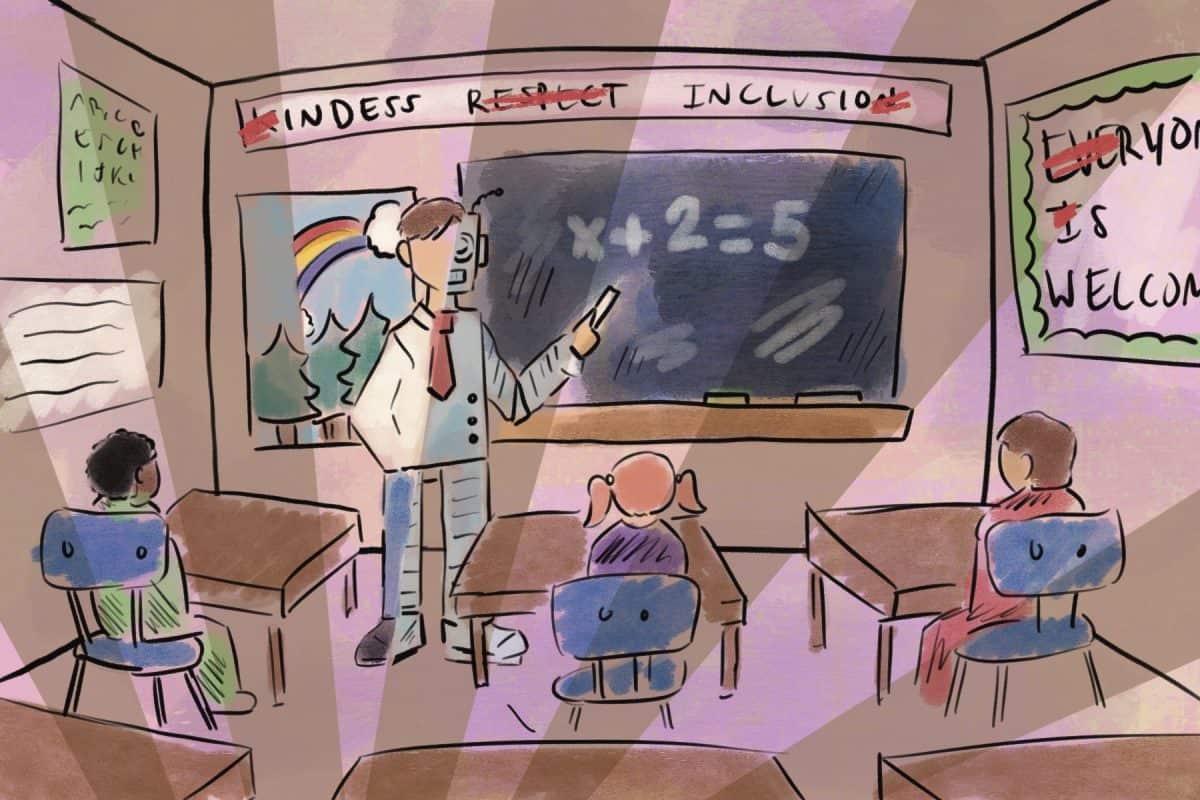As artists both in and out of college pursue their dreams in entertainment and creative jobs, they are challenged with potential financial issues.
Students who are approaching the field have expressed second thoughts about the major they chose; however, their interest and passion in the art world outweigh the cons.
Aurelius Sutter, an instructor in book arts, said that while growing up he was pushed to get a stable job within a STEM field instead of an arts field.
“There’s an implication that if you’re getting an art degree, you have to go with a backup plan beyond your field,” Sutter said. “It’s finding places where art overlaps with something that can feed you.”
His original focus was in marine biology, but he said he always had a love for the arts. After starting in STEM, he changed his major to book arts and joined a master’s program to become a professor.
Sutter said that during his undergraduate program, he was told to prepare for a difficult and competitive field.
“Neither of my mentors cautioned me from the financial side, but they were saying it’s hard to find your footing, and be prepared to make backups,” Sutter said. “They didn’t have the same financial perspective. They were more concerned that you might not get your dream job.”
Under the U.S. Bureau of Labor Statistics occupational outlook handbook for “Craft and Fine Artists,” the average pay is $52,910 as of 2023; however, the job outlook says employment may be limited due to “inexpensive, machine-produced items.”
In the job outlook for “Postsecondary Teachers,” the average pay for art, drama and music teachers in 2023 was $80,360. However, it is limited due to the state’s budget for colleges and universities.
As an instructor, Sutter pushes his students to remember art is always a constant but to do what they need to for their own sense of security.
Sophia Rabbideau, a freshman majoring in music composition, said she has been told to create a backup plan because of the path she chose.
“When I was considering my major, it wasn’t that I didn’t think about money. I told myself that getting a college degree in the first place was a good idea,” Rabbideau said. “I thought that maybe I should add a business minor or something that’s more reliable.”
While she said she was okay with her major, she said that her classmates have expressed concern about the growing issues within the music composition field.
“A lot of us in music school are concerned about getting stable jobs,” Rabbideau said. “People I know in music education are looking at a more stable job because you can work a 9-5. But in [composition], unless you know what you’re doing, it’s going to be more contract work.”
In a survey conducted by New Music USA in 2017, the reporters asked 871 composers about their pay commission. 37% answered that they were unpaid and 11% that they had a pay between $10,000 and $50,000, but the median answer was $1,500 per commission.
They also concluded that smaller groups and soloists were likely to be unpaid, or paid in small amounts.
Sutter said he had students talk with him about the growing issues in the art field and ask where they can go in the art world. Although the best gig an artist can get is becoming a professor, not everyone wants to be a professor.
“I’ve had students who have had hesitations about art at large right now, which is more the common notion. I see a lot of people who are actually turned off by the idea of teaching,” he said. “They don’t want the teaching aspect to get in the way of their art.”
The U.S. Bureau of Labor Statistics stated that in 2023, pay for music directors and composers averaged out to $62,590 per year. It also said that some music groups are nonprofit and only rely on donations. Such limitations create an unstable job environment due to finances.
“I just keep telling myself that if I get good enough at what I’m doing, that I’ll be able to get a job doing this,” Rabbideau said.
Sutter said he has not seen any field that was not hungry for money.
“Anyone who falls short of being a famous artist is viewed through this starving artist lens, when, in reality, art people live the same lifestyle as the mechanical engineers,” Sutter said. “We all have this goal, and very few people reach it. That’s just unfortunately the way it’s set up.”
Sutter said there will always be a time to learn art, either through community classes or workshops, art will not go away, but, students should do what they need to do to feel secure in their lives.
“If that’s what’s important to you, the art will always be there for you to find,” he said. “It doesn’t have to be today or tomorrow, and you don’t have to stress over it. It’s never too old to dance.”









